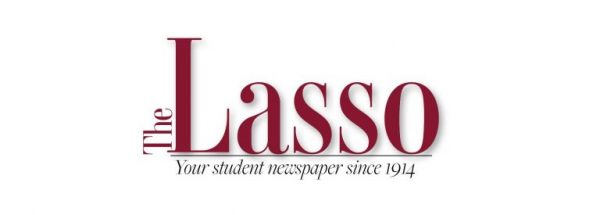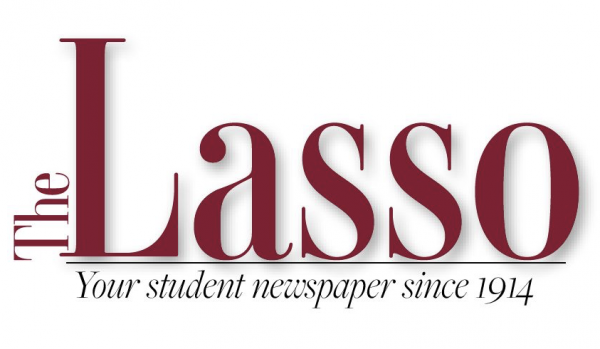The only day in the year where everything is flip-flopped, Halloween represents an inversion of political, power and sexual/ gender roles.
It’s not wrong to want to celebrate and create traditions with your fellow man, but when it oppresses and disregards the values of another culture…it becomes a subtle form of oppression that most people are unaware they are participating in.
Halloween has evolved from its Western European roots of superstitious ritual to something more of a conglomeration of stereotyped and sexualized cultural representations that allow people to play “pretend” for a day.
Disney is a prime example of an American industry that subjugates and utilizes differences and uniqueness of minority cultures for the entertainment of millions. This year, Disney’s costume for the new movie “Moana” was even taken off the markets to alleviate a social media outrage at the inherent racism, according to CNN Money.
Alden Wicker, in an article on Refinery29.com, quotes sociologist Dr. Anna Akbari saying: “Everyday life gets turned upside down and inside out, hierarchies dissolve, the sacred becomes profane. Hence why so many women dress in an overtly sexual manner, because they can reclaim it in a way that becomes acceptable on Halloween.”
The problem with Halloween costumes is that it blurs the line between what is “okay,” i.e. inoffensive and unobtrusive and what’s not, or contributing to the ongoing oppression of minorities. With all this anxiety about choosing a costume that doesn’t further this cycle, people are looking for a way to define specific boundaries, but I believe it should be defined by what is offensive and why.
Before picking a costume people should ask themselves these three questions: 1. Does the character I want to pretend to be represent a race, gender or sex that could be considered a minority?, 2. Would dressing as this character have implications that could further oppression of that minority or underlying stereotypes?, and 3. Why does this character appeal to me in the first place?
When you ask these questions you can think critically about how the media and other influences teach us what to think about other cultures.
It’s vital that we are aware of issues surrounding cultural appropriation in order to dispel the mechanisms that enforce it. As a safe bet, be creative and come up with a costume that is a pun on words, or a character who is imaginary—cosplay is always an option because characters are more based in fantasy than reality (although there are issues within cosplay based on representations as well).





Be First to Comment